
I saw THE HURT LOCKER at ShoWest immediately set up a meeting in Vegas to talk to director Kathryn Bigelow about the film. It’s such surprisingly good movie (and one that I honestly new little about before walking into the screening) that I wanted to know so much more about the film.
Sadly our time together in Vegas was postponed but luckily enough I was able to catch both Bigelow and writer Mark Boal on the phone at a later date. We talked about the challenges of directing a war movie in the Middle East while a war is still going on, casting unknowns instead of Colin Farrell and the heat. My God, the heat. THE HURT LOCKER opens in theaters next month.

Mark Boal and Kathryn Bigelow
Mark, I was trying to catch up and read the article but I was frustrated to learn it’s not available online.
MB: No worries. The movie is a fictionalization of my observations over there. If you read the production notes you probably already know more than most people.
I saw the film at ShoWest…
KB: Were you at that Monday screening?
Yeah I was.
KB: That was so much fun.
Yeah It was really well received but I’ve heard it’s been very well received everywhere else as well.. So how did the two of you connect on this film?
KB: I was aware of Mark’s work in journalism and when I found out he was going on an embed to Baghdad, I made it a point to talk to him on his return.
Mark, when you were going over there, did you think at all this would be a cinematic experience?
MB: It was really Kathryn who pointed that out to me. I hadn’t thought of it in terms of a movie. In my early conversations with her she said, “This is a great story with these guys who have the most dangerous job in the world,” and it’s a story not many people know about.
KB: And also, they volunteer for this. Here you have guys who some people say have the most dangerous job in the world and they volunteer. That’s a really interesting character study. At the same time it’s a riveting…
It’s almost an action movie.
KB: Yeah.

You were talking about these guys who go into these programs voluntarily. What would you say is the defining characteristic of these guys that they’d want to do this?
KB: Well we have a voluntary military so it’s drawing from a different pool of people if we had a draft, Vietnam-type military. If you have a volunteer military body and then you are actually invited into duty because of your aptitude, it means that you tested very high. Your IQ and your ability to make decisions under extreme stress is a very high degree. So you’re invited into EOD and from there that becomes your niche of expertise.
MB: As far as the psychology, it’s hard to give a reason other than to say, some guys like to…why does one guy like to bowl while another guy likes to base jump? I’m sure there are really interesting neuro-biological explanations for it. It does seem to be a “type” though. And as Kathryn was saying, in our volunteer military, it’s a type that’s pretty well represented. If you’re in the military, you knew what you were getting into to. You’re pulling from a select pool right there.
The characters in the movie, they depend on each other but they don’t really get along with another. Is that the stress or is that more part of the personality type?
MB: Well I don’t want to present myself on some kind of expert on EOD cause I’m not, but as far as the movie goes, you have James and Sanborn presenting two very different guys. Both that can deal with stress in different ways but very different backgrounds.
I’ve heard that was a lot of “ninja filmmaking” during production. How did you come across this style of filming?
KB: It came as Mark was developing the script and beginning to “see” the film. I wanted it to feel very raw and immediate and visceral. And I wanted the audience to really have a “boots on the ground” experience. To do that I wanted it to be non-aestheticized. It had to be very accessible. I didn’t want it to feel necessarily like a film, though of course it’s a film. The sets are very large because the protocol for bomb disarmament is 300 meters. So that’s why the sets were very large and that’s why putting the cameras in various positions to really enable the audience to understand the geography as clearly and experientially as possible. It necessitated the placement of the cameras and that created a verisimilitude for the actors. They were going through the actual bomb disarmament protocol. Down range to up range, up range to down range as the cameras were recording. So it wasn’t broken down in a more conventional way. It was actually very fluid and very authentic.

Back in 2007, the movie was cast with some actors with a little bit more name recognition (Colin Farrell) but was recast with lesser known actors. Was it a conscious decision to recast with unknowns?
KB: There were some inaccuracies on the internet, I will say that. My interest from the get-go was emerging, new talent. Finding the greatest actors in that age range that had an ability to really break out in their part. It would, at the same time, aid the tension because they don’t come with a precondition, someone who you know or feel familiar with, because there is a kind of anonymity, it heightens the suspense. But these guys will be unknown for not much longer…
With Jeremy, you really feel like you’ve got a star in the making.
KB: He’s just so incredible and talented. We were very fortunate to be able to work with him.
Jeremy said in the notes that you were actually shot at and had rocks thrown at them while filming.
KB: It was pretty much exclusively a positive experience. I think there was a little bit of a heightened reality there. My experience was exceedingly positive. The Jordanians were very warm. The extras and bit players were Iraqi refugees from the war from the occupation. It also gave everyone a sense of “you are there” realism that was both on and off the set. It was pretty great to shoot a movie about the middle east IN the middle east.
MB: That quote from Jeremy, there was one night where we shot in a Palestinian refugee camp that got a little hairy but it was more the exception than the rule. It was kind of intense that night.

With the wind and heat and sand, it must’ve been a pretty intense and stressful for the actors and crew.
KB: Not really.
MB: Well Kathryn is a cyborg. She can be dipped in molten lava and come out feeling fine. Everyone else, believe me, was dying. I was dying and I’m six foot, 185 lbs. Every other human on the set was dying because of… not just the heat but the sun was really bright. Jeremy likes to say that the sweat was real sweat and the tears were real tears because when we were out in the desert, you didn’t need fans or special effects to create wind and dust. There was no need to bring a fan and there was a real windstorm blowing people down. Don’t believe Kathryn when she tells you it was a walk in the park. It may have been for her…
That reminds me of a part in the film where he’s looking through the sniper scope and the fly is buzzing and walking around his face and he doesn’t move at all. Was that planned? Done with CGI?
KB: That was pure, pure luck.
Really?
KB: He didn’t even blink. It was great!


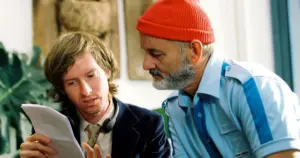
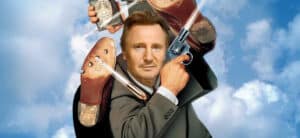
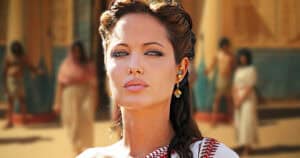
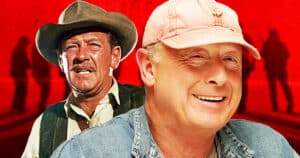
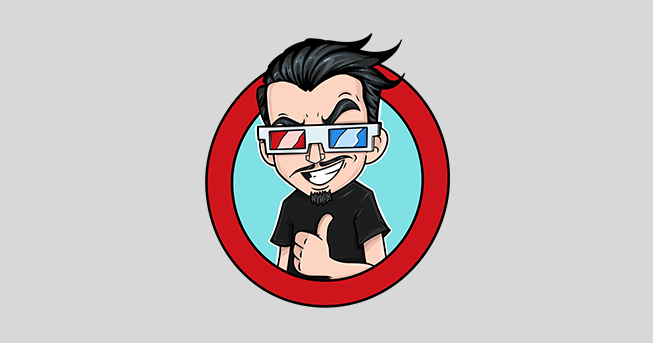

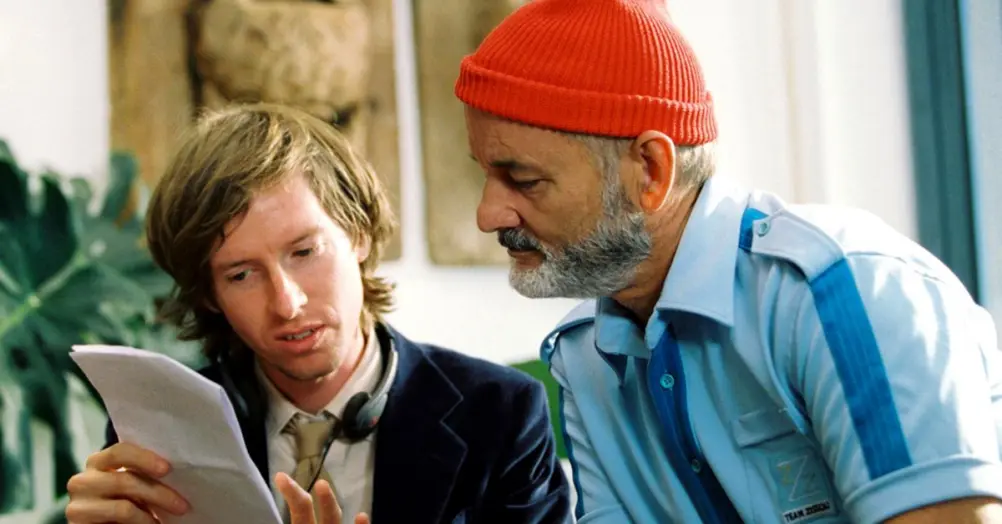
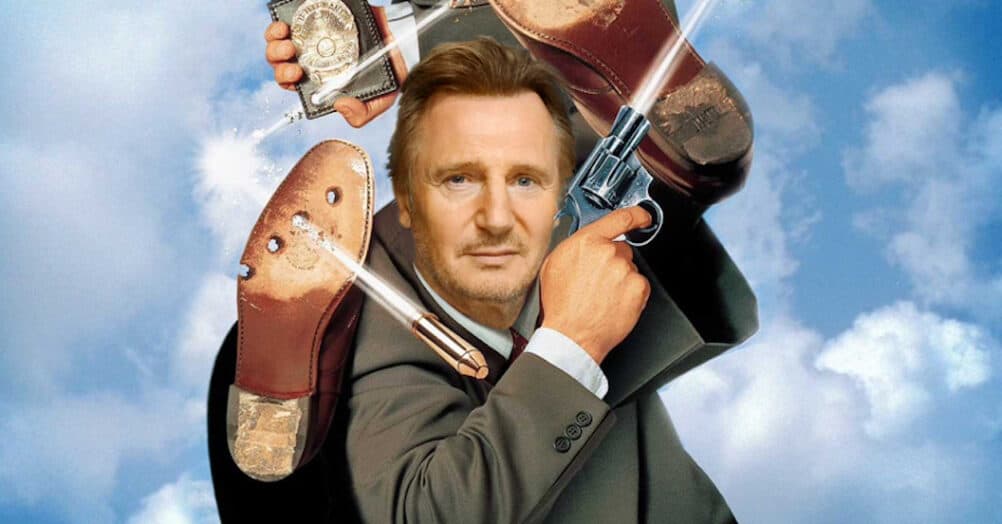
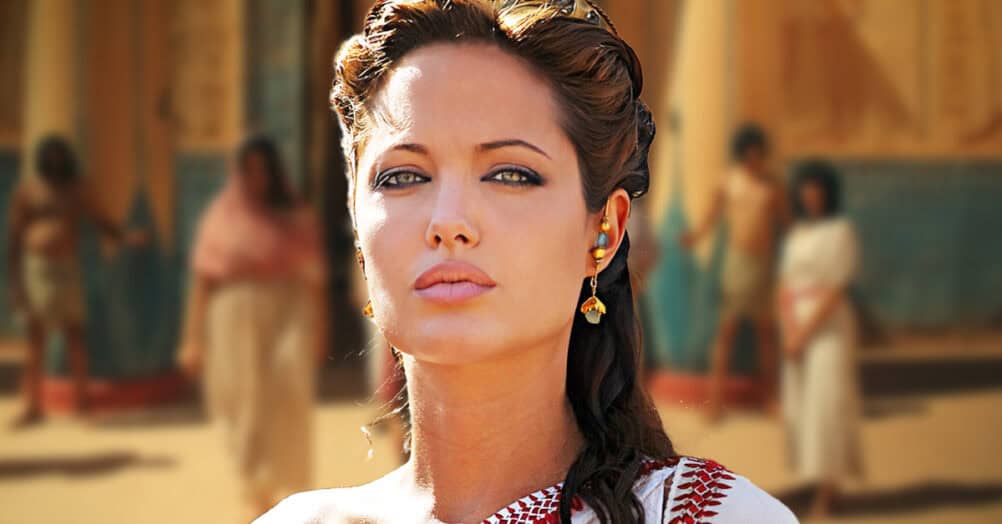
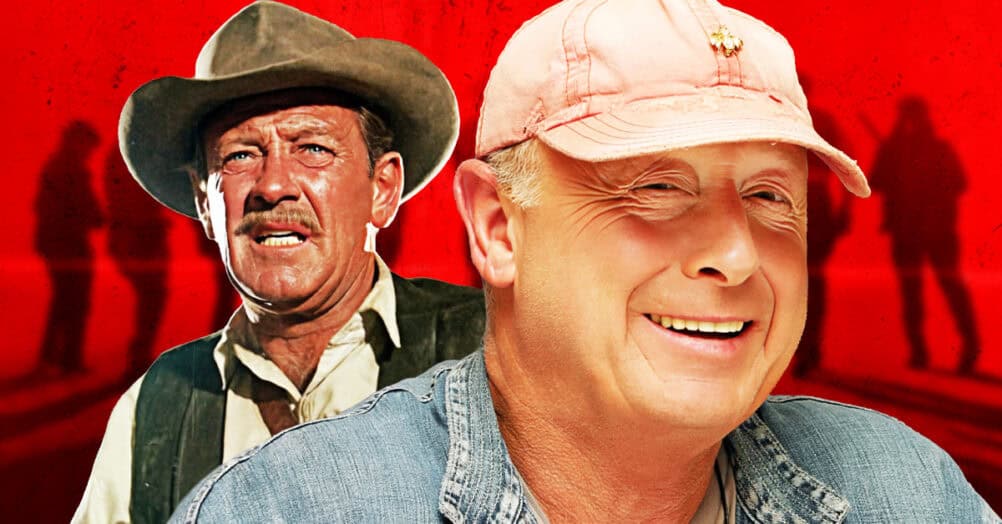
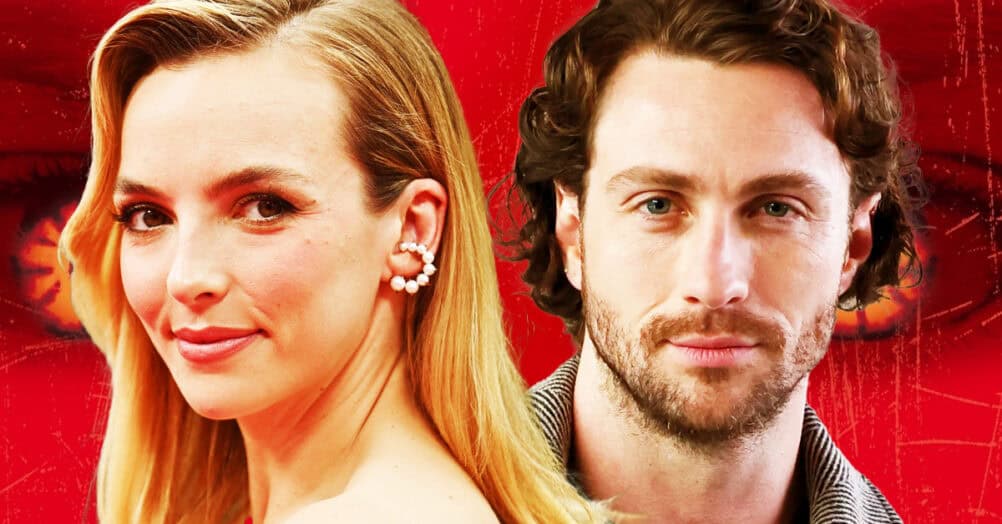
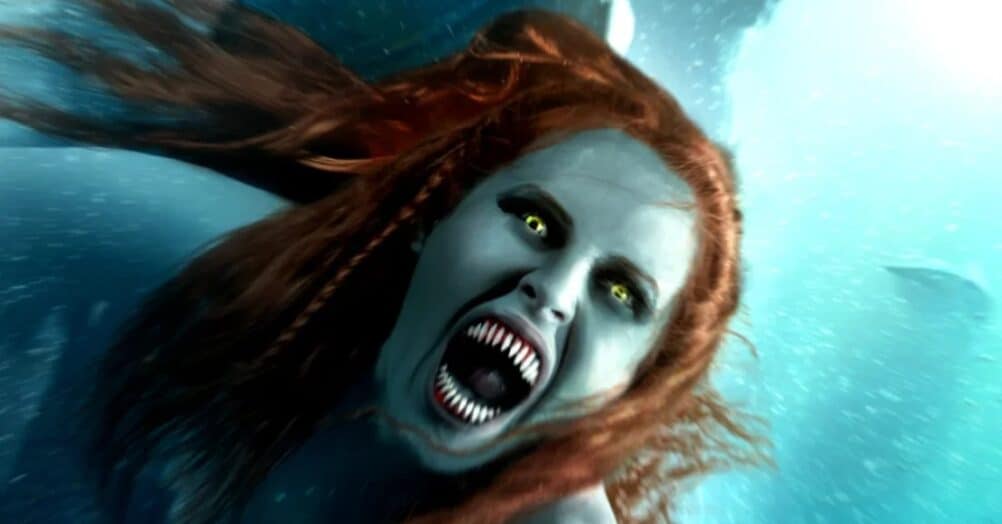
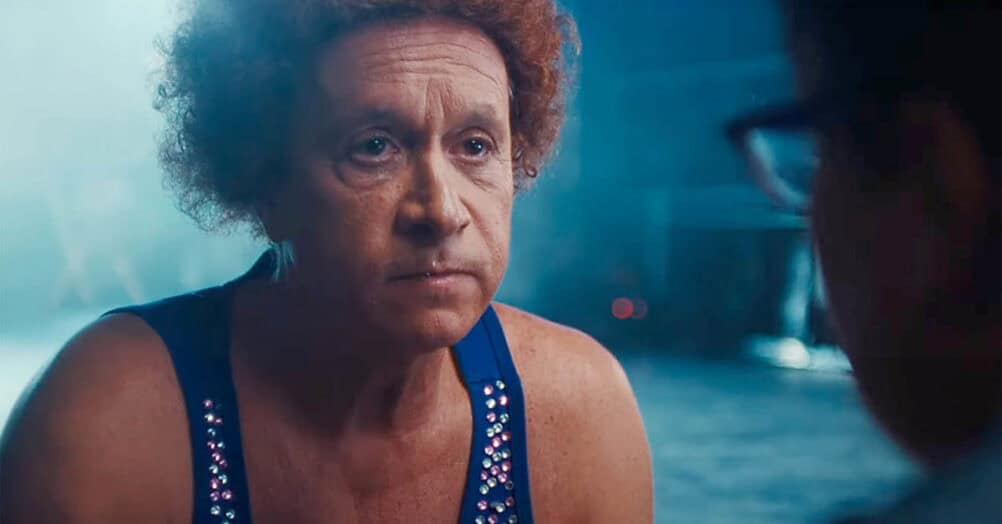
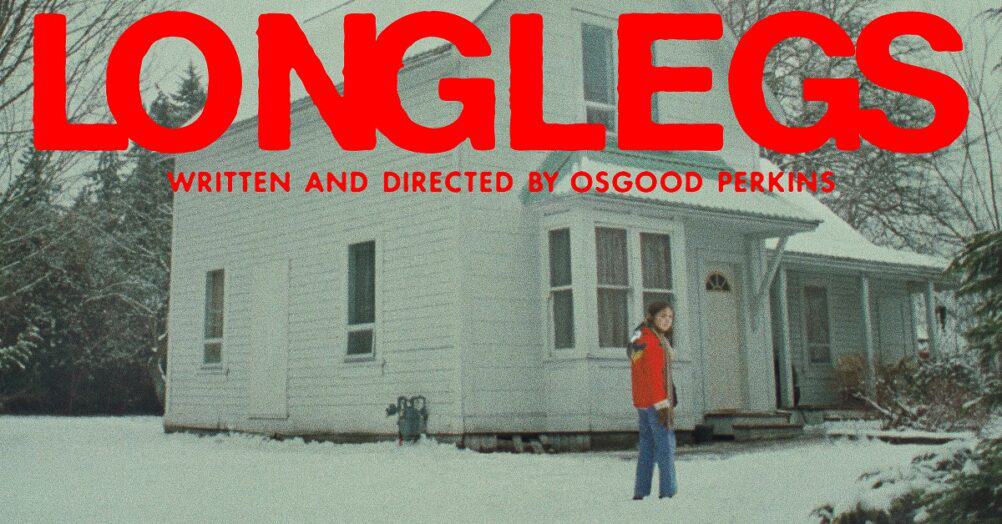
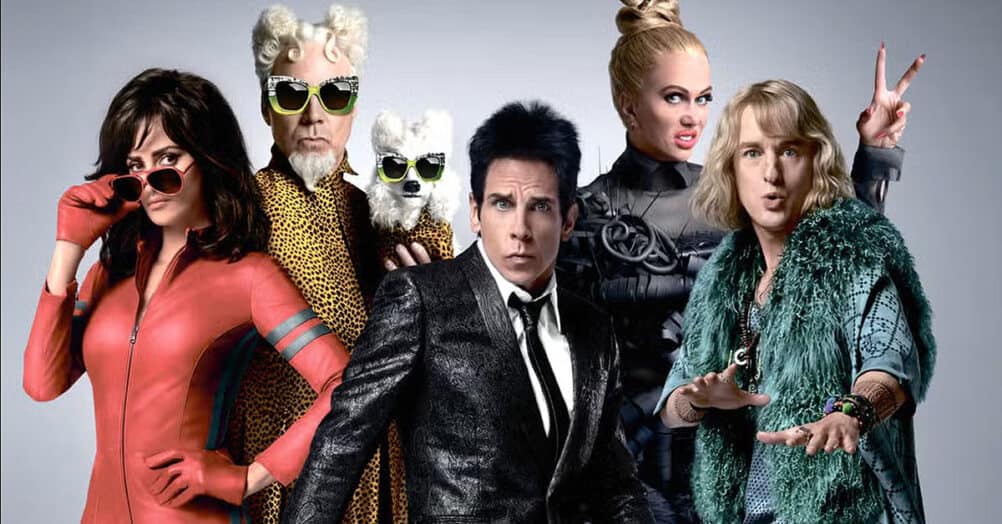
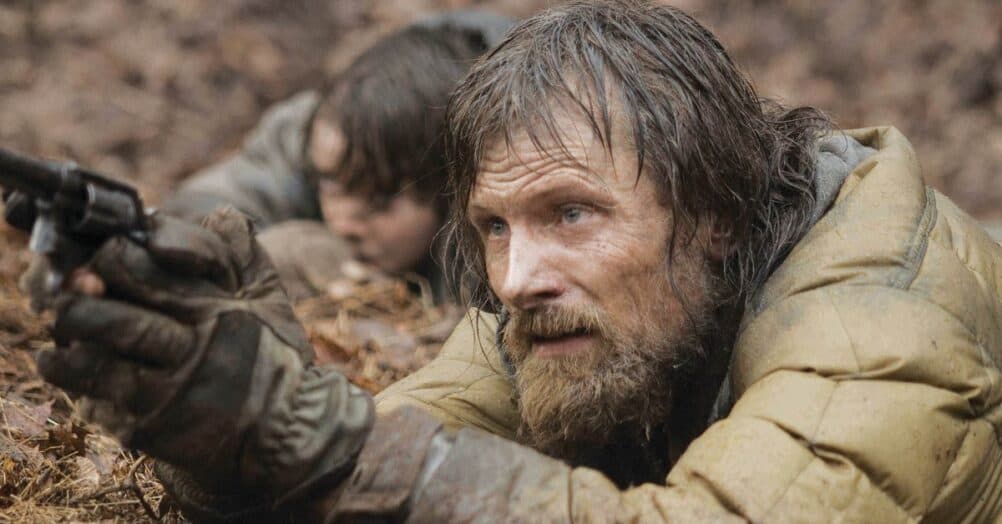
Follow the JOBLO MOVIE NETWORK
Follow us on YOUTUBE
Follow ARROW IN THE HEAD
Follow AITH on YOUTUBE